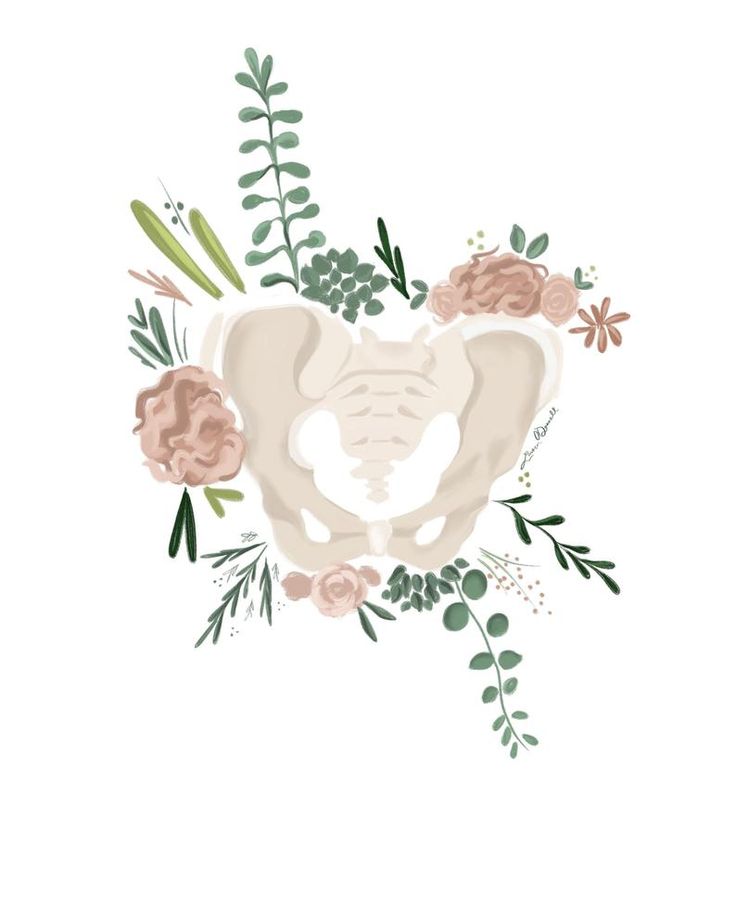By Jon Cacherat, D.Ac., M.S., L.Ac.
Many individuals are suffering in the dark with pelvic floor dysfunctions (PFD). The societal taboos and the cultural “hush-hush” of PFDs discourage many of these folks to never seek care.
A study by Chen et al (2019) concluded that the consequences of not seeking PFD medical care were estimated to be as high as $66,000,000,000 for the American healthcare system in 2007.
PFDs typically exhibit characteristics including but not limited to urinary and/or fecal incontinence, pain with sex, prolapses, erectile dysfunctions, vulvodynia, and low back pain. The social isolation and psychological distress placed on such patients, consciously or not, hold them back from moving forward. Many do not even know that therapies exist for them.
Medically, physically, and financially, Chinese medicine is a viable way for these patients to move forward. In 2015, a large research project in Brazil led by Dr. Miditieri published an article about utilizing TCM to evaluate pelvic myofascial syndromes. Ashi points were seen as analogous to trigger points despite differing jargon (Miditieri et al 2015).
I would recommend a future approach of ashi acupuncture of the piriformis as a good starting point as the piriformis is one of the deep external rotators. Another two worth considering for alleviating deep pelvic pain and dysfunction would be adductor magnus and obturator internus. Obturator internus is often much involved in pelvic floor problems. Deep and precise acupuncture is required here along with a confident and thorough knowledge of the sciatic nerve’s anatomical pathway traversing this area. Successful acupuncture of the Ah shi/trigger points within the obturator internus has brought tremendous relief to many PFD sufferers.
Adductor magnus has a classic myofascial referral pattern that can manifest deep within the pelvic floor and into the anus and genitalia causing immense pain and discomfort. Precision avoidance of the femoral artery is safe when conducted by a skilled and licensed acupuncturist.
Skilled and passionate acupuncturists that attend to the suffering of PFD patients will be lauded and much sought after by not only patients but the doctors that treat them.
References
Chen, C., Cox, J. T., Yuan, C., Thomaier, L., & Dutta, S. (2019). Knowledge of pelvic floor
disorders in women seeking primary care: a cross-sectional study. BMC family
practice, 20(1), 70. https://doi.org/10.1186/s12875-019-0958-z
Mitidieri, A., Gurian, M. B., Silva, A. P., Tawasha, K., Poli-Neto, O., Nogueira, A., Reis, F.,
& Rosa-E-Silva, J. (2015). Evaluation of Women with Myofascial Abdominal
Syndrome Based Traditional Chinese Medicine. Journal of pharmacopuncture, 18(4), 26-31

